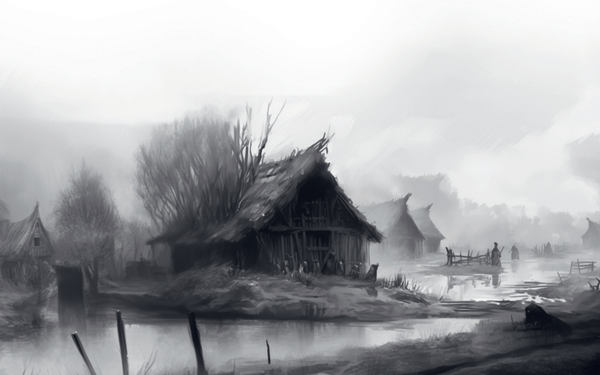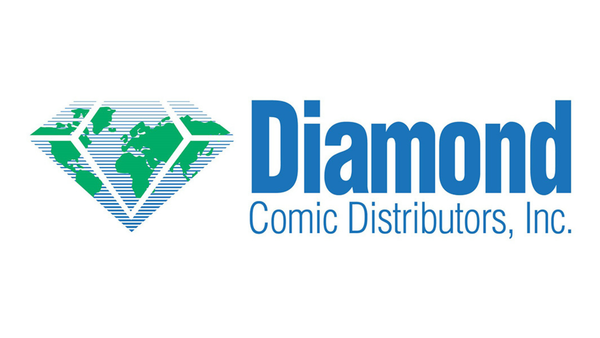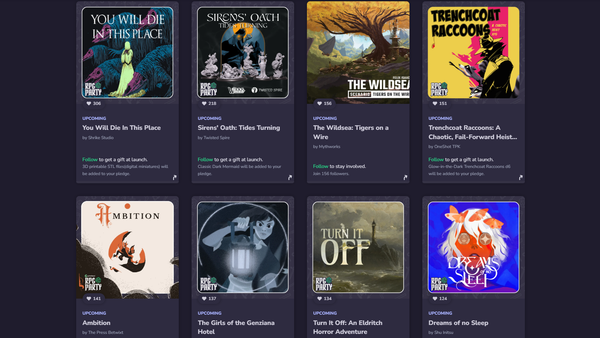Stu Horvath took VintageRPGs from Instagram to IRL shelves.
"Games orthodoxy can get fucked."
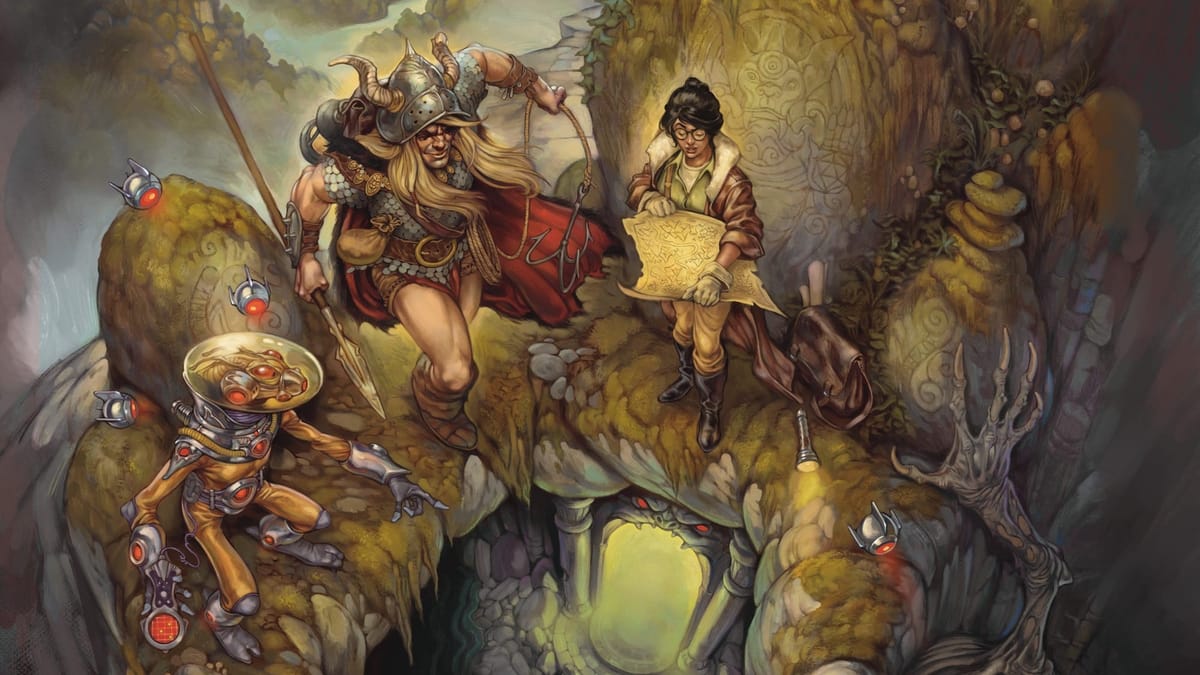
I started my interview with Stu Horvath showing him where I had annotated my review copy of Monster, Aliens, and Holes in the Ground. “I’ve even highlighted some parts,” I said, pointing to a page in the 1990s section of Horvath’s book. Horvath, for the record, was delighted. “Oh my gosh,” he laughed, “wow.”
Monsters, Aliens, and Holes in the Ground was published in late 2023, and when I got my grubby little paws on it I knew I had something incredibly cool. The book is an encyclopedic assemblage of tabletop roleplaying games, both vintage and contemporary. It’s also an acute analysis of game design during each decade, with insights drawn from Horvath’s own observations as a long-time critic (he founded the indie culture mag Unwinnable in 2010), blog posts from around the TTRPG sphere, and even social media messages and Discord exchanges with contemporary designers.
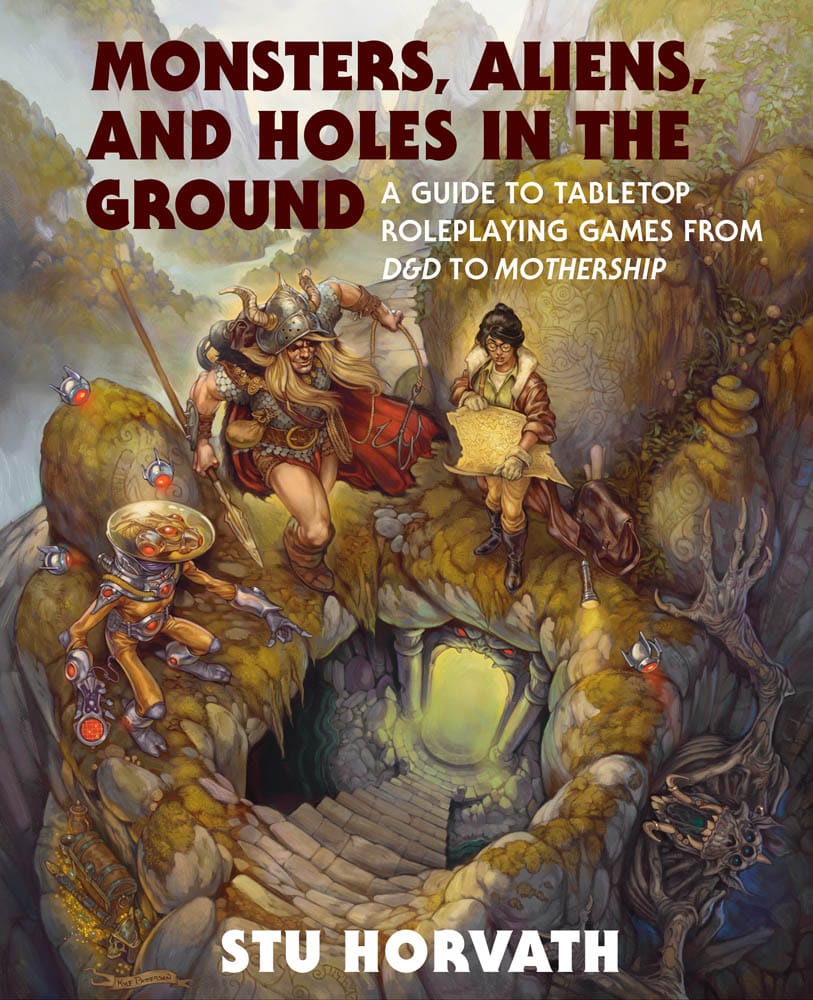
From the jump it’s hard not to be sucked into the lineage this book establishes, starting with Dungeons & Dragons. The book asserts that D&D is the first roleplaying game. There were wargames that happened in the 60s that were certainly important to D&D’s existence, but if we look at what we currently consider an RPG, Horvath says, “earlier games weren’t quite there yet.” He goes further; “I even think, somewhat controversially, that it took a little bit longer after ‘74 for any of these games, including D&D, to really become roleplaying games. D&D specifically is so tied to Chainmail and its combat system and the ideas that come along with wargaming that I think once it broke out and you had other people making things, that's when it started to become something different. A whole new form of game.”


